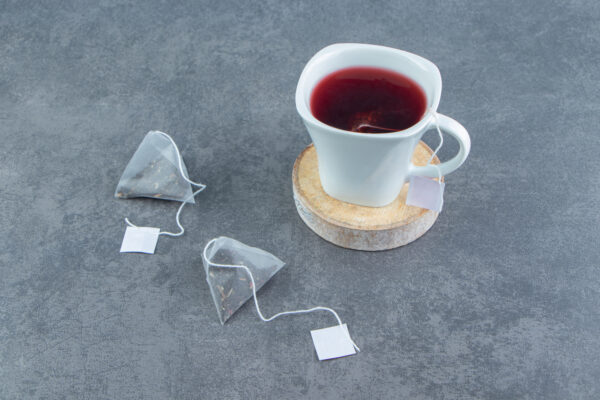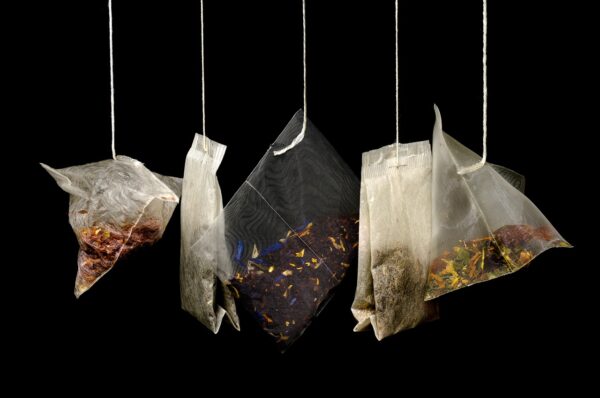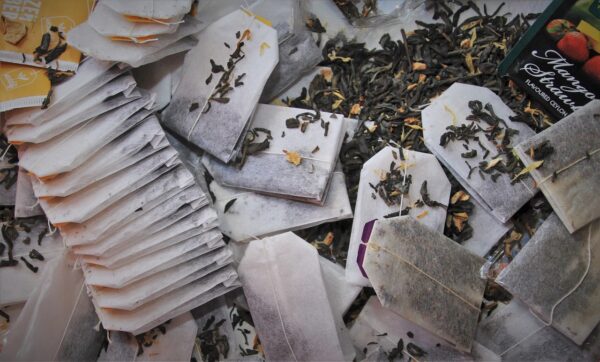
The tea bag is a ubiquitous item in kitchens worldwide, simplifying the process of brewing tea. But when was this ingenious invention first introduced, and how did it become so popular? Let’s take a journey back in time to explore the origins and evolution of the tea bag.
The Early Beginnings: A Serendipitous Invention

The tea bag’s origin story is both fascinating and serendipitous. It all began in the early 20th century with an American tea importer named Thomas Sullivan. In 1908, Sullivan started sending samples of his tea to potential customers in small silk bags. These bags were intended to be opened, and the tea leaves inside were to be used as loose leaf tea. However, some customers found it convenient to steep the entire bag in hot water, thus inadvertently inventing the tea bag.
While Sullivan’s silk bags were not initially designed for brewing, this accidental discovery led to the realization that porous bags could be used to hold tea leaves, making the brewing process simpler and cleaner.
The Commercialization and Evolution of the Tea Bag

Recognizing the potential of this new method, Sullivan and others began to explore materials that could be used to create more practical and efficient tea bags. Silk was soon replaced by gauze, and later, paper was found to be the ideal material for its permeability and cost-effectiveness.
The first patent for a tea bag machine was granted in 1929 to Adolf Rambold, an employee of the German company Teekanne. This machine automated the production of tea bags, significantly boosting their popularity and availability. Teekanne, originally founded in 1882, played a crucial role in the widespread adoption of tea bags, particularly in Europe.
The Tea Bag Takes Over the World

Throughout the 20th century, tea bags grew in popularity across the globe. In the 1950s, heat-sealed paper fiber bags were introduced, which further improved the convenience and reliability of tea bags. This innovation also allowed for mass production, making tea bags a staple in households worldwide.
By the 1970s, tea bags had become the preferred method of tea consumption in many countries, including the United States and the United Kingdom. The convenience of tea bags made them particularly popular among busy individuals and those new to tea drinking.
Modern Innovations and Variations

Today, tea bags come in various shapes and sizes, including the popular pyramid shape, which allows for better water flow and more room for the tea leaves to expand. Innovations in materials have also led to the creation of biodegradable and environmentally friendly tea bags, addressing concerns about plastic waste and sustainability.
In addition to traditional black and green teas, tea bags are now available for a wide range of herbal blends, fruit infusions, and specialty teas, catering to diverse tastes and preferences.
The invention of the tea bag revolutionized the way we enjoy tea, transforming it from a ritualistic and time-consuming process into a quick and convenient experience. From Thomas Sullivan’s accidental discovery to the modern innovations we see today, the tea bag has a rich history that continues to evolve.
As you brew your next cup of tea using a tea bag, take a moment to appreciate the ingenuity and history behind this simple yet transformative invention. Whether you’re a tea aficionado or a casual drinker, the tea bag remains a testament to human creativity and the enduring appeal of a good cup of tea.

